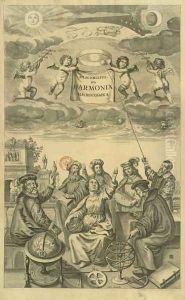Frederick Hendrick van Hove Paintings
Frederick (or Frederik) Hendrik van Hove was a Dutch artist known for his work as an engraver and printmaker during the 17th century. Born in The Hague in 1628, van Hove came from a family immersed in the arts; his father, Bartholomeus van Hove, was a prominent architectural painter. This familial connection to the arts provided Frederick with an environment conducive to developing his artistic skills from a young age.
Van Hove's work often reflected the influence of his father, as he developed a specialization in architectural subjects, including interior church scenes and detailed renderings of buildings. His engravings are characterized by a meticulous attention to detail and a strong command of light and shadow, which added a sense of depth and realism to his compositions.
Despite the high quality of his work, Frederick Hendrik van Hove is not as well-known as some of his contemporaries, such as Rembrandt or Vermeer. However, his contributions to the field of engraving were significant, particularly in his depictions of architectural subjects which provided a visual record of Dutch interior and exterior spaces during the Golden Age of Dutch art.
Frederick Hendrik van Hove's career spanned several decades, and throughout his life, he collaborated with other artists and contributed engravings for various publications. His engravings were often based on the works of other Dutch painters, translating their paintings into detailed prints that could be more widely disseminated. Van Hove's ability to capture the essence of these original works in his engravings was a testament to his skill and artistry.
Van Hove passed away in 1698, leaving behind a body of work that continues to be studied and appreciated for its craftsmanship and historical value. His engravings remain important visual documents of the period and serve as a testament to the rich artistic culture of the Dutch Golden Age.
